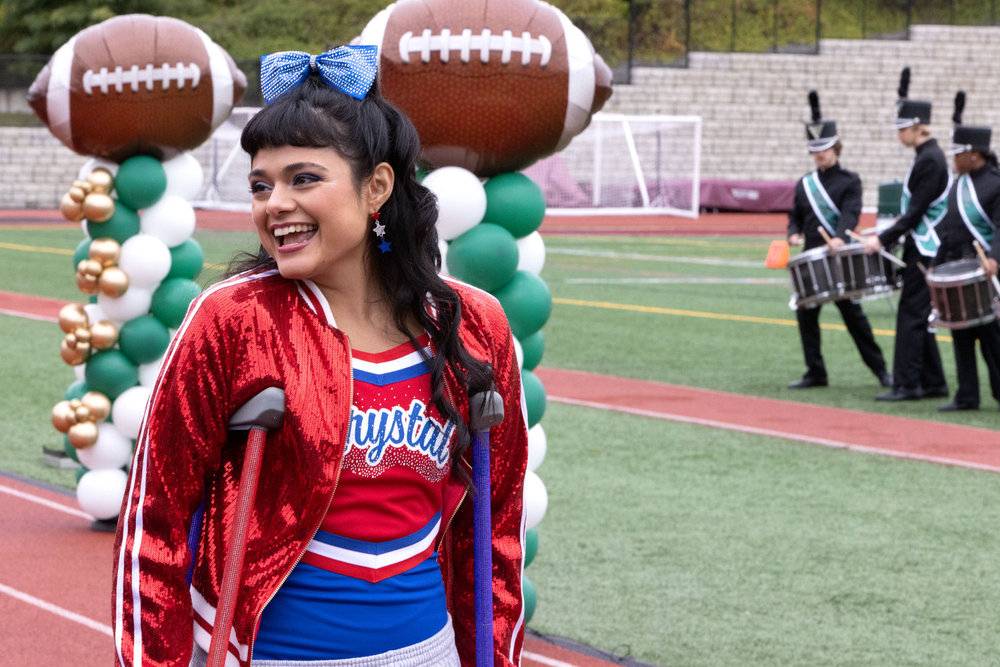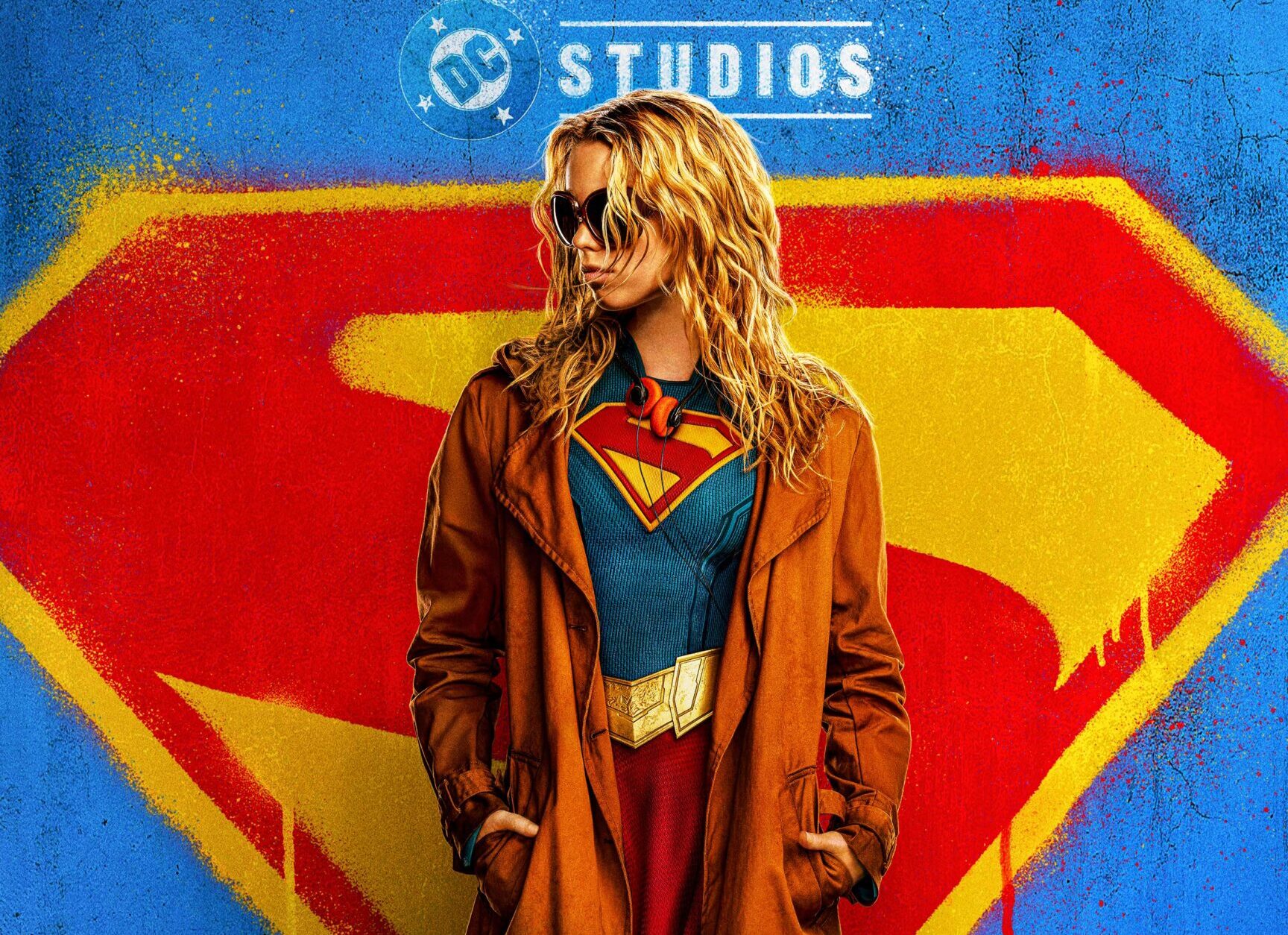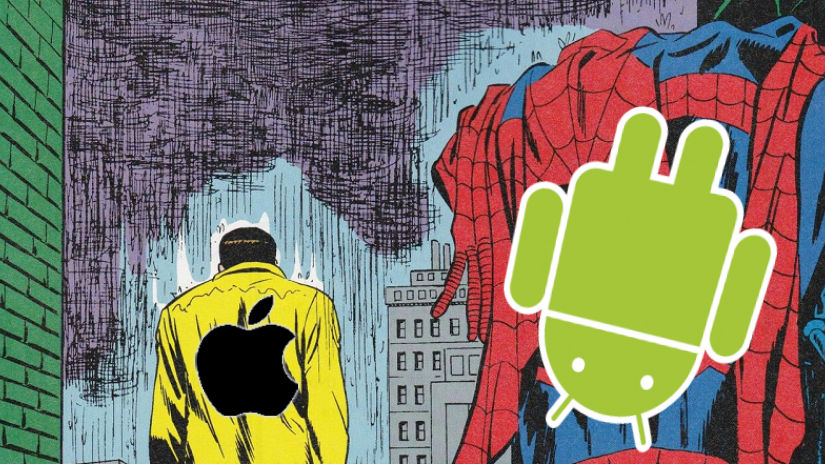
Welcome to LRM Labs, where we delve into topics not typically covered by LRM in order to give you a more diverse array of content to enjoy. Please give us your feedback on other topics you’d like covered.
So, I’ve been asked several times why I switched from Android to iPhone and decided to put it into words. See, I’ve been a dedicated Android user for the better part of nine years. When I first purchased an iPhone 3GS, it was too locked down for my taste. I distinctly remember not being able to easily email a file (my resume, specifically) being the thing that broke me. I’d tried jailbreaking it and installing the Cydia store, but at the end of the day, the iPhone just didn’t function the way I wanted it to.
I hopped on Craigslist and sold the device to a Russian kid and his uncle in downtown Chicago. With a wad of cash in hand, I then stopped in the first AT&T store I came across and picked up the carrier version of the first Samsung Galaxy S (this was also how I got hooked on purchasing phones off-contract).
Life was good. I loved that little device. Hacked the hell out of it with clockworkmod and eventually cyanogenmod, mostly to get software updates because the Nexus One wasn’t a thing when I’d picked up the phone and, as a recent graduate, I didn’t have the kind of cash where I could just swap phones like that, so it was the Captivate and me.
Over the next several years, I went through multiple devices and while I was always jealous of the iPhone’s camera, not much else about iOS or the device attracted me. I was having fun with my Xperia Z3, Moto X, Note 4, Nexus S, Nexus 6p, Galaxy S7 and generally spending way too much time on Swappa. All that changed when the Pixel line hit.
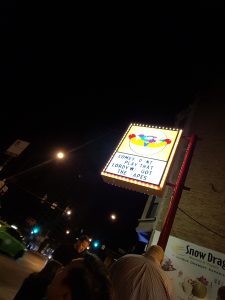
Maligned for its chunky design, there was something about that utilitarian first-gen brick that I found charming. Though I picked up the device late in its life cycle and out of necessity, due to circumstances too long to relate here, the first Pixel had two things I really wanted: fast software updates and a fantastic camera. I even picked up the Pixel 2, without hesitation, a few months later. Thus ended my love affair with rooting devices.
Even though I eschewed iOS, Cupertino still had their hooks into me in other ways. I believe, like many, my gateway drug to Apple’s ecosystem was an iPod. For me, specifically, it was a thick, glossy white 3rd Generation iPod with 4 buttons and a scroll wheel. By the time I picked up the first Pixel, I’d gone through several more iPods and I was on my second MacBook in 8 years (I’m still convinced the 2013 MacBook Air was the best consumer product I’ve purchased).
All that said, I still wasn’t a fan of iOS. The only problem was that I couldn’t escape it. I preferred reading on tablets, but nothing was hitting the mark. I bounced around from the Fire Tablet, two Nexus tablets, a Galaxy Tab and finally, my favorite, the Sony Xperia Z3 Compact. Honestly, had that device never given up the ghost, I probably never would have relented and bought an iPad Mini 4 after attempting to use, and subsequently hating, a newer generation Fire Tablet (Jeff Bezos didn’t get rich spending money on UX/UI design). It took a while, but I finally came around to liking my iPad.


 So, what changed? Part of it was Apple. With the introduction of iPadOS, my tablet finally seemed to function as a device that I didn’t merely tolerate, but one that functioned as a well-designed tool. The second part was me. As I’ve gotten older, had kids and worked longer hours, the appeal of rooting my devices has waned. I’m no longer obsessed with eeking out the last bit of performance or battery life out of my device, if it requires booting to the recovery screen. Also, utilizing an iPad, there was no concern as to whether or not my device would get the latest OS.
So, what changed? Part of it was Apple. With the introduction of iPadOS, my tablet finally seemed to function as a device that I didn’t merely tolerate, but one that functioned as a well-designed tool. The second part was me. As I’ve gotten older, had kids and worked longer hours, the appeal of rooting my devices has waned. I’m no longer obsessed with eeking out the last bit of performance or battery life out of my device, if it requires booting to the recovery screen. Also, utilizing an iPad, there was no concern as to whether or not my device would get the latest OS.
The last thing that changed was Google. I’d become reliant on Google to give me the best experience out of the box. While it’s difficult to argue that the first and second-generation Pixel phones were bargains, I felt the price was justified for what you got, especially when paired with the ability to upload original quality images to Google Photos. As the price crept up with the release of the 3rd generation device, there wasn’t much to persuade me to make the upgrade, except for the promise of a severely compromised software experience, as reports of software bugs were rampant. Oh, and wireless charging. I love wireless charging.
With the release of the Pixel 4, Google unveiled their most compromised phone. Mountain View shrank the battery, shrank the viewing angles on the selfie camera, didn’t have a wide-angle shooter, had a 90hz screen that only sometimes worked and didn’t have 4k 60fps recording because they say the storage is inadequate, which tends to happen with a 64gb base model. The phone was also gimmicky. The Soli radar system only kind of works with gestures and Google did not release an API for third-party devs. Lastly, with the move from a fingerprint sensor, to facial recognition, users have to wait until all their applications to be updated to accept the new standard. If those initial impressions weren’t enough, PC World recently released an article entitled, “If you got a Pixel 4 for Christmas, you should probably return it.” Ouch.
More than a mess, it was frustrating and my eye began to wander. Over time, my mantra went from having fun and tinkering, to wanting the best tool for the job. At this point, Google hasn’t done enough to justify the existence of their device with so many other options out there like the iPhone 11 or even within their own ecosystem, like OnePlus or Samsung.
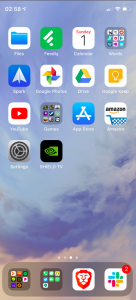
So, it was at this point that I decided to make the leap to the iPhone 11 Pro. The premium I paid over the standard iPhone 11 wasn’t because I cared about the telephoto lens on the Pro, it was because of the form factor, as I prefer smaller phones.
Because photography is important to me, the Pixel line was my go-to device and when looking at the iOS camp this generation, I knew that while the software still wasn’t as customizable as Android, the hardware, particularly the camera and battery life, were calling me.
So, after all that, how has it worked out? When it comes to the iPhone 11 Pro, I like it a lot. It’s fast, feels good in the hand and while I can’t customize the software exactly how I like, the included gestures allow me to navigate fast enough. Also, the apps, even ones available on Android, are typically designed better on iOS.
I’ve gotten to the point where I’m not sure that I’d ever go back to Android. It’s not iOS or the phone that’s made me a convert and to be quite honest, I’ve never found anything particularly compelling about iMessage that would make me stick with Apple. And though the battery life is amazing, regularly lasting a day and a half, for me, the killer app for the iPhone is the watch.

A while ago, I was dabbling in app development and needed an Apple Watch to test on and purchased one with some handy dandy credit card points. The project failed miserably, but I still had an Apple Watch 3 laying around and once I was using an iPhone as my daily driver, I decided to jump in headfirst and let me tell you, the experience has been pretty great.
I’ve been a believer in wearables for a long time, mostly because I like to run. I used the Nike Fuel app on an iPod touch back in the day and that evolved into using the Nike Plus app that required a little shoe pod and a TomTom watch. After that, I went to using a Garmin 220 and Fitbit interchangeably. Not only was this setup untenable, but this attempt mostly failed because the hardware kept crapping out on me, I tried my first Android Watch device, the Sony Smartwatch 3 (Sony really has made some great Android devices). I loved the device, but as time moved on, it became slower and slower. I eventually moved on to the Huawei Watch 2, but using that device wasn’t nearly as seamless as using the Sony SW3.
All that to say, I’ve never seen a better wearable device. I know I’ll offend some Samsung stans, but the truth is that I’ve never used one because they simply don’t have enough developers. Life is all hacky workarounds or just being left out in the cold. That sentiment is true of WearOS as well, as Nike Run Club was only introduced late 2018 in beta. The only saving grace for WearOS is that Google does support it with their own apps.
In addition to becoming obsessed with filling my activity rings, my workouts have become infinitely easier. Pop on my headphones and just go. The watch does the rest. Let me tell you, nothing kills your motivation to run quicker than standing outside when there’s a chill and you’re screwing around with your Bluetooth headphones, trying to figure out why they won’t connect. In the 3 months I’ve been using the Apple Watch, it’s never happened. With WearOS, too many times to count.
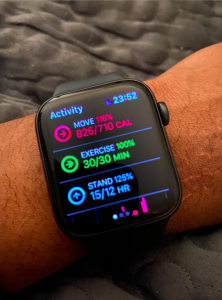 The day I knew I was a convert was when I was working on my MacBook and it noticed that I’d added an Apple Watch to my account. It asked if I wanted to allow the Watch to unlock my MacBook. “Yea, sure, whatever.” I clicked yes and went back to working. Later that evening, I opened my MacBook again and as I went to type in my password, it recognized my Watch and unlocked itself. Even as I sit here typing this, I am loathe to write that it “just worked,” but damn if that isn’t what it did. Sigh.
The day I knew I was a convert was when I was working on my MacBook and it noticed that I’d added an Apple Watch to my account. It asked if I wanted to allow the Watch to unlock my MacBook. “Yea, sure, whatever.” I clicked yes and went back to working. Later that evening, I opened my MacBook again and as I went to type in my password, it recognized my Watch and unlocked itself. Even as I sit here typing this, I am loathe to write that it “just worked,” but damn if that isn’t what it did. Sigh.
I’d be lying if I said there weren’t things I missed about Android. Not being able to download to apps to the phone from the web, always on display, better assistant integration, notification shade (better, still not great). Also, I HATE Apple’s insistence that all my apps reside on the home screen. So much so, that I have a blank “zen” page. To be quite honest, if Apple would let me replace their stock launcher with Nova or Action launcher, I’d probably go from liking the iPhone to loving it. There’s also the constant danger that an iOS update will destroy your phone. Every time I update, I have to Google, “is iOS [blank] safe?” Be careful what you wish for, I suppose.
There are two things about the Pixel, specifically, that I like better than the iPhone. I still think the Pixel takes better low-light shots than the iPhone. I’m not a professional, but consistently, I find myself thinking the Pixel got better exposures with less light. Additionally, in daylight photos, the devices are on par, but one thing about Pixel photos is that they’re better suited for editing in Adobe Lightroom, where with the iPhone, you pretty much have to like what you get.
That was a lot of words to say basically this: Google has increased the price of their flagship phones without really giving consumers more value for the price hike. They also haven’t done anything significant with WearOS is quite some time. I’m also not sure that the purchase of Fitbit will fix the issues that they have, but I’m hoping that it does. Competition is good for everyone, especially consumers.
What do you think? What OS are you using and have you made a switch or are you thinking about it?
Don’t forget to share this post on your Facebook and Twitter using the buttons at the top! Or you can react to the post down below!
—–
Have you checked out LRM Online‘s official podcast feed yet The LRM Online Podcast Network, which includes our flagship podcast Los Fanboys, our premiere podcast Breaking Geek Radio: The Podcast, and our morning show LRMornings? Check it out by listening below. It’s also available on all your favorite podcast apps!
Subscribe on: Apple Podcasts | Spotify | SoundCloud | Stitcher | Google Play
 FOR FANBOYS, BY FANBOYS
Have you checked out LRM Online’s official podcasts and videos on The Genreverse Podcast Network? Available on YouTube and all your favorite podcast apps, This multimedia empire includes The Daily CoG, Breaking Geek Radio: The Podcast, GeekScholars Movie News, Anime-Versal Review Podcast, and our Star Wars dedicated podcast The Cantina. Check it out by listening on all your favorite podcast apps, or watching on YouTube!
Subscribe on: Apple Podcasts | Spotify | SoundCloud | Stitcher | Google Play
FOR FANBOYS, BY FANBOYS
Have you checked out LRM Online’s official podcasts and videos on The Genreverse Podcast Network? Available on YouTube and all your favorite podcast apps, This multimedia empire includes The Daily CoG, Breaking Geek Radio: The Podcast, GeekScholars Movie News, Anime-Versal Review Podcast, and our Star Wars dedicated podcast The Cantina. Check it out by listening on all your favorite podcast apps, or watching on YouTube!
Subscribe on: Apple Podcasts | Spotify | SoundCloud | Stitcher | Google Play


